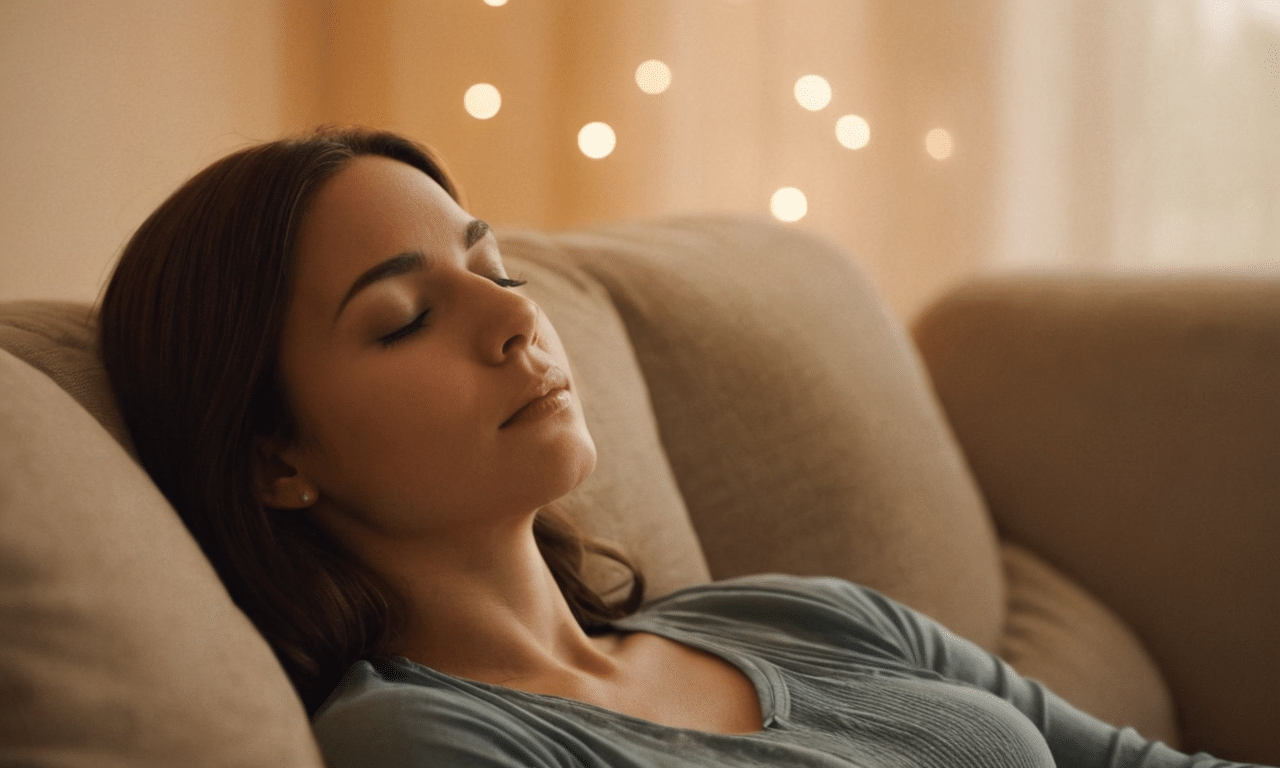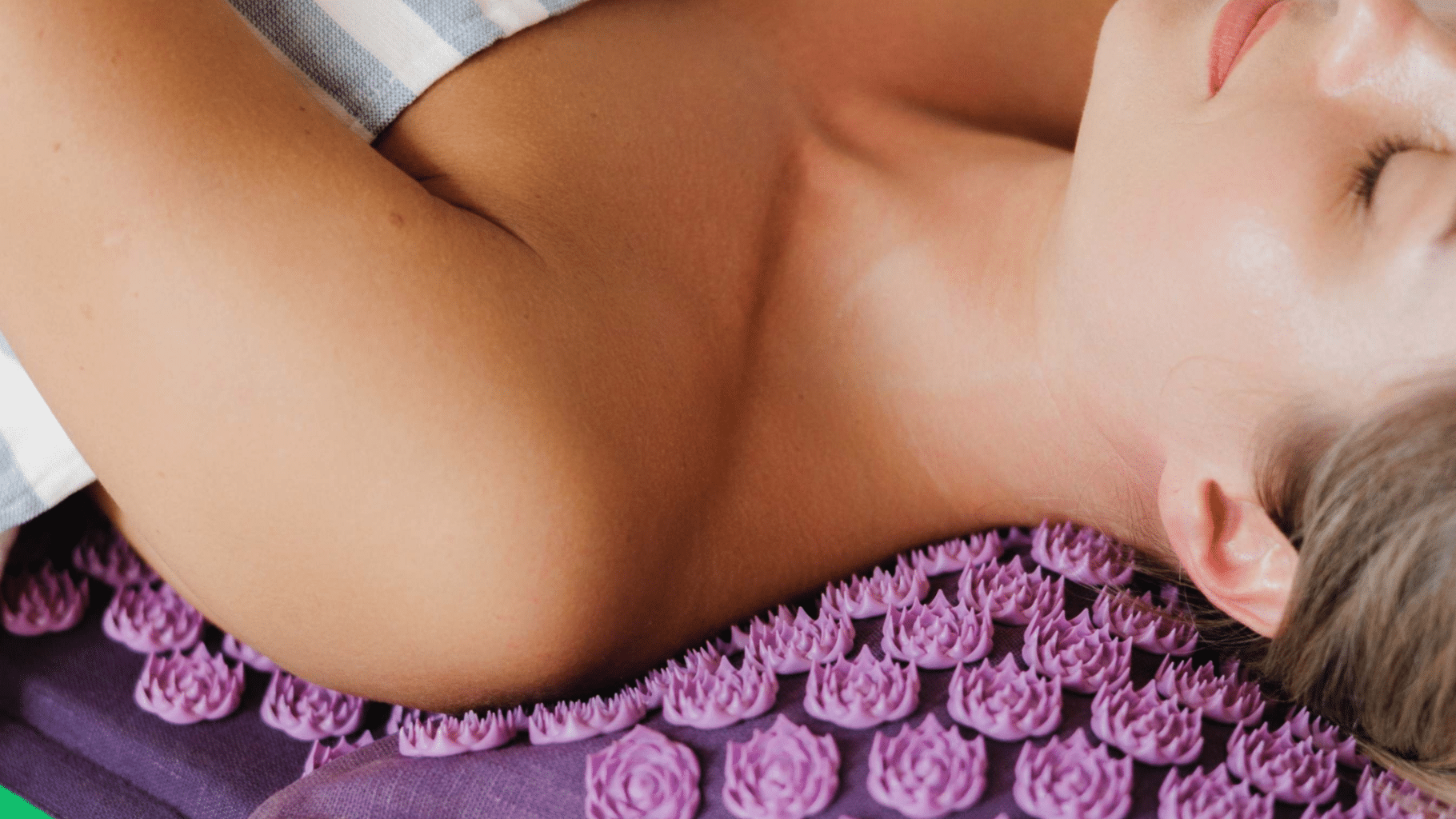As someone who has experienced the debilitating effects of migraines, you’re likely seeking alternative approaches to manage your symptoms. Progressive muscle relaxation offers a promising avenue for alleviating migraine pain, but what exactly is it and how can it help you find relief from your symptoms?
How can progressive muscle relaxation techniques help reduce my migraine frequency and intensity?
Progressive muscle relaxation (PMR) is a technique that involves tensing and relaxing different muscle groups to release physical tension. For people with migraines, PMR may help alleviate symptoms by reducing muscle strain and promoting relaxation. Regular practice can lead to reduced migraine frequency and intensity.
Top Benefits of Migraine Progressive Muscle Relaxation
- Frees you from chronic migraine pain: Reduces frequency and severity of migraines.
- Relieves tension and stress: Lowers overall anxiety levels and promotes relaxation.
- Improves sleep quality: Enhances restful sleep and reduces insomnia risk.
- Enhances cognitive function: Boosts focus, concentration, and mental clarity.
- Reduces medication reliance: Minimizes need for painkillers and other medications.
- Fosters self-awareness and mindfulness: Increases emotional intelligence and self-compassion.

Understanding Migraines and Progressive Muscle Relaxation
Migraines are much more than just a headache. They involve severe pain, often accompanied by nausea, sensitivity to light, and other distressing symptoms. For those who suffer from migraines, these episodes can disrupt daily life and make simple activities feel insurmountable. Luckily, the right approach can help manage and minimize their impact.
Enter progressive muscle relaxation (PMR). This technique involves tensing and then slowly releasing different muscle groups in the body. It serves as a way to calm the mind and the body simultaneously. By focusing on muscle relaxation, individuals can reduce physical tension that may contribute to migraines. More on the principles of this technique can be found here.
Combining PMR with other management strategies, such as medication and lifestyle changes, can offer significant relief. When used consistently, PMR can become a valuable tool in easing migraine symptoms. After all, less tension often equates to fewer headaches and discomfort.
Techniques for Using Progressive Muscle Relaxation with Migraines
So, how exactly can you incorporate PMR into your routine? Begin by finding a quiet environment where you can concentrate without disruption. Sit or lie down comfortably, and start with your toes, gradually working your way up to your head. As you tense each muscle group, hold the tension for a few seconds before slowly releasing it.
Executing this technique correctly requires consistent practice. Once you’ve mastered the basic steps, you can refine your approach by focusing on specific areas where you typically hold tension, such as the shoulders or neck. Addressing these hotspots can be especially beneficial for migraine sufferers.
For added relief, you might want to incorporate other relaxation techniques. Deep breathing, visualization, and even gentle yoga can complement PMR and enhance its efficacy. As they say, teamwork makes the dream work.
Mindfulness and Breathing Techniques for Enhanced Relief
Pairing PMR with mindfulness and breathing exercises can amplify its benefits. Mindfulness involves staying present in the moment and observing your thoughts without judgment. Combining it with deep breathing can offer a powerful antidote to the stress and tension associated with migraines.
Start by practicing deep, diaphragmatic breathing as you work through your muscle relaxation routine. Inhale slowly, letting your abdomen expand, and exhale just as gradually. This kind of focused breathing can lower stress levels and promote a sense of calm, which may help keep migraines at bay.
You might think of this combination as a stress-busting triple threat. Incorporating mindfulness helps you stay aware of tension as it arises, making it easier to address with progressive muscle relaxation. It’s the one-two punch you didn’t know you needed for effective migraine management.
Creating a Relaxation Routine for Migraine Management
Building a consistent relaxation routine can make all the difference in managing migraines. Set aside a specific time each day for your PMR exercises. Making it a habit can help reduce overall stress levels, which in turn may reduce the frequency and severity of migraines.
Morning or evening can be ideal times to practice PMR, but it’s important to choose a time that fits your schedule and lifestyle. Remember to create a calming environment—dim the lights, play gentle music, and eliminate distractions. Consistency is key, so even a few minutes each day can be beneficial.
Developing a broader routine that includes other elements such as adequate sleep, balanced nutrition, and regular physical activity can provide a holistic approach to migraine management. These lifestyle changes, combined with PMR, create a well-rounded strategy to keep those pesky migraines in check.
| Feature | Description | Importance |
|---|---|---|
| Progressive Muscle Relaxation (PMR) | A technique to calm the mind and body, reducing physical tension that may contribute to migraines. | High |
| Mindfulness and Breathing Exercises | A combination of mindfulness and deep breathing can amplify PMR’s benefits by lowering stress levels and promoting a sense of calm. | Medium |
| Consistency in Relaxation Routine | Practicing PMR regularly, ideally at the same time each day, can help reduce overall stress levels and manage migraines effectively. | High |
| Lifestyle Changes (Sleep, Nutrition, Exercise) | A holistic approach to migraine management that includes regular practice of PMR, along with a balanced lifestyle, can provide significant relief. | Medium |
| Combining Techniques | Incorporating multiple relaxation techniques, such as deep breathing and visualization, with PMR can enhance its effectiveness in managing migraines. | High |

Personal Thoughts
I’ve found that practicing progressive muscle relaxation has become an integral part of my daily routine, allowing me to better manage stress and anxiety.
As someone who’s experienced the debilitating effects of chronic stress, I can attest that taking a few minutes each day to relax and recharge makes all the difference. It’s not about achieving some lofty sense of calm; it’s simply about being more present and in control of my emotions.
Frequently Asked Questions
Can progressive muscle relaxation help alleviate migraine symptoms?
Yes, progressive muscle relaxation has been shown to be an effective technique in reducing migraine frequency and severity. By relaxing specific muscle groups, individuals can experience a decrease in tension and pain, leading to improved overall well-being.
Is progressive muscle relaxation suitable for all types of migraines?
While progressive muscle relaxation may be beneficial for most individuals experiencing migraines, it’s essential to consult with a healthcare professional before incorporating this technique into your treatment plan. Some individuals may have underlying medical conditions that require specialized care.
How often should I practice progressive muscle relaxation to manage my migraines?
The frequency of practicing progressive muscle relaxation depends on individual needs and migraine patterns. It’s recommended to start with a few times per week and gradually increase the frequency as needed. Consistency is key in experiencing positive results.
Can I combine progressive muscle relaxation with other migraine management techniques for optimal relief?
Yes, combining progressive muscle relaxation with other proven methods, such as meditation, deep breathing, or physical therapy, can lead to enhanced overall relief and improved migraine management. It’s crucial to work with a healthcare professional to develop a personalized treatment plan.




